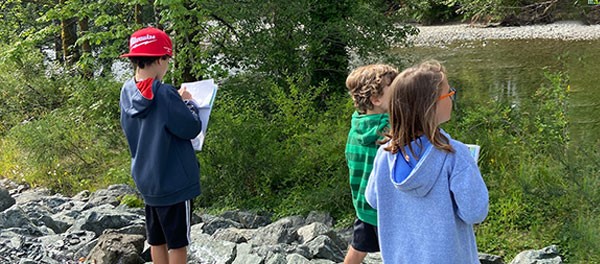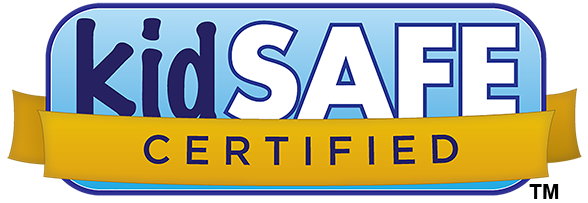I’ve got to come clean. I have a pretty strong bias when it comes to the benefits of spending time outside. If truth be told, it’s always been that way. When I filled out my career questionnaire as a teenager, it came back with a very clear direction for my future. According to the test results, I was destined to be a forest ranger. I was a bit surprised since my heart was set on journalism but there’s a good chance I skewed the results with my love of building forts and my aversion to meetings.
We’ve been hearing a lot about the benefits of connecting with nature these last couple of years. There have been countless news reports suggesting stepping away from our computers and getting some fresh air helps with our mental health. A massive review by Pediatrics found this is also true for children. And just in case anyone wasn’t quite sure, the researchers looked at a whopping 269 studies that all came to a similar conclusion:
Access to greenspaces, nature and parks helped improve children’s overall wellbeing. The review found that in an ideal world, these spaces would be near a child’s home or school.

Researchers also suggested that not all outdoor time is equal. They concluded connecting with nature in a meaningful way was more beneficial than simply running around a parking lot. This is where that pretty strong bias I mentioned earlier comes in. I believe any kind of outdoor time is extremely valuable. Getting a lung full of fresh air and feeling the sun on their face can do a child a world of good. The emphasis on a meaningful connection with nature makes sense, but a more holistic approach could be another way of helping kids feel the benefits of connecting with the outdoors. Let’s look at a range of options:
- Modeling: Let the kids know you personally love being outside or at least that you’re trying to get out more. Whether it’s for a mini-break on the balcony or a bike ride, share how it makes you feel to be outdoors. If you have a few stories from your childhood about things like capture the flag or fort building you can share, all the better. Kids LOVE hearing about when their parents were young!
- Get out there: You may have to hop in the car or take the bus for this one, but hit a hiking trail nearby and focus on the sights, sounds and smells all around you. It’s amazing how often we forget just to listen or take a big breath. Talk to the kids about what you’re experiencing as you explore nature.
- Write or draw: Want to take it up a notch? No need to go far. Why not get the kids to write something about what they see outside or take the crayons to the park to draw a picture? Sidewalk chalk can also be a ton of fun.
- No pressure air time: Just open the front door and walk outside. Take a breath, hang out on the driveway or sidewalk. Throw a ball around or open a lawn chair. You simply can’t go wrong!
It’s immensely encouraging to read so many stories talking about the benefits of nature for children’s mental health. There’s value in big and small connections with the outdoors.
As it turns out, I didn’t end up becoming a forest ranger after all. I’ve spent many years tapping away on a computer instead but I spend every spare moment I have in the great outdoors. Nature trails and exploring are a fundamental part of my parenting and so is the driveway lawn chair.


